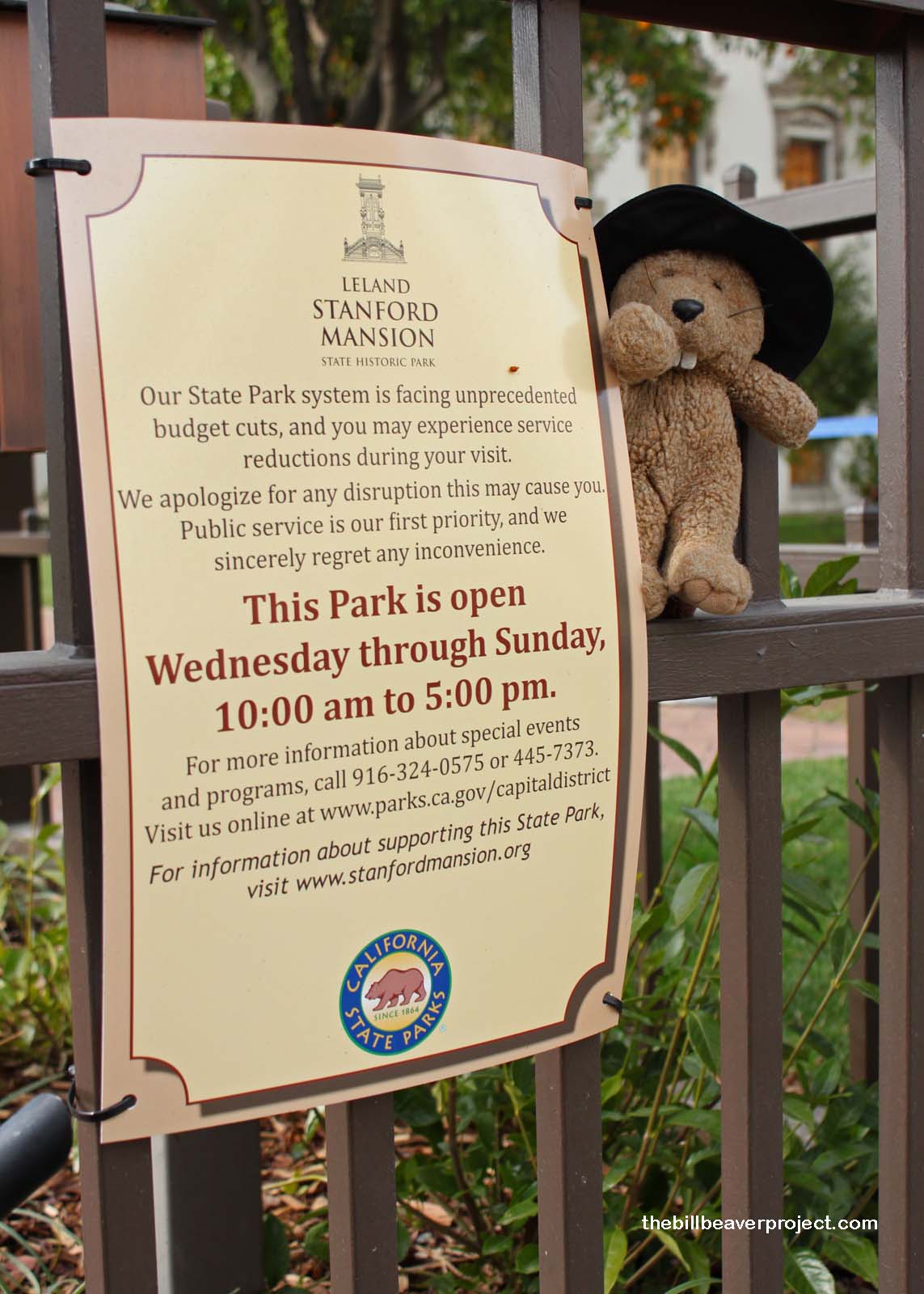 |
| Landmark #614 | Sacramento County | Visited: February 19, 2012 | Plaque? YES!  |
| What is it? | Leland Stanford Mansion State Historic Park! |
| What makes it historical? | THE GUIDE SAYS: The house was originally designed in 1857 by Seth Babson and was purchased by Leland Stanford in 1861. It served as the state executive office from 1861 to 1867, before the completion of the State Capitol. It was later extensively remodeled and enlarged. In 1900 Jane Lathrop Stanford gave the house to the Roman Catholic Diocese of Sacramento to create the Stanford-Lathrop Memorial Home for Friendless Children.
OTHER TIDBITS: This mansion was the headquarters for three separate governors, starting with Mr. Stanford. Mr. Stanford’s organization of the California Republican Party played a major role in keeping California on the Union side during the Civil War! He was also an advisor to President Lincoln, president of the Central Pacific Railroad, and founder of Stanford University! His successor, Frederick Low, stood up for Chinese immigration, despite popular sentiment against, and accepted the federal government’s reservation of Yosemite Valley and the Mariposa Big Trees Grove as protected wilderness! His successor, Henry Haight, supported the creation of an 8-hour work day and the establishment of the University of California! This landmark is also listed on the National Register of Historic Places! |
| How can I Help the Helpers? | HERE’S HOW:
|
| Where is this place? | LISTED DIRECTIONS: 800 N St Sacramento, CA 95814 ANNOTATIONS: From Los Angeles: ~384mi (618km) — 6.4hrs |
| When should I go? | The park is open every day from 10:00 AM until 5:00 PM! |




The article on The Bill Beaver Project highlights the Stanford-Lathrop Home, a historical residence built for Jane Stanford’s family in 1855. Located in Sacramento, this Greek Revival house showcases architectural elegance and holds historical significance due to its connection to the Stanfords, influential figures in California’s development and education. The piece emphasizes the home’s enduring legacy and its role in local history.